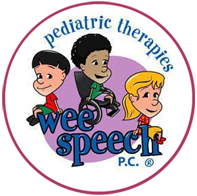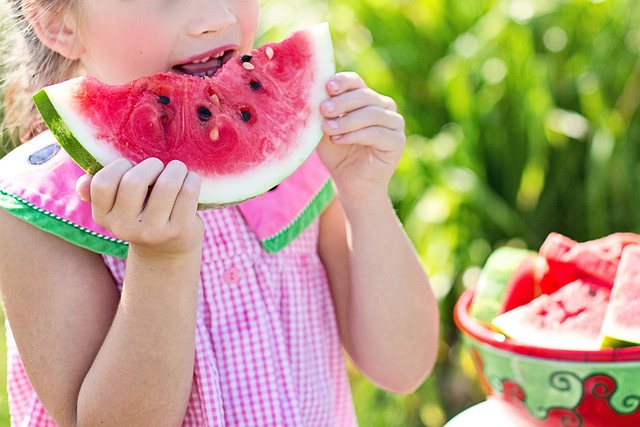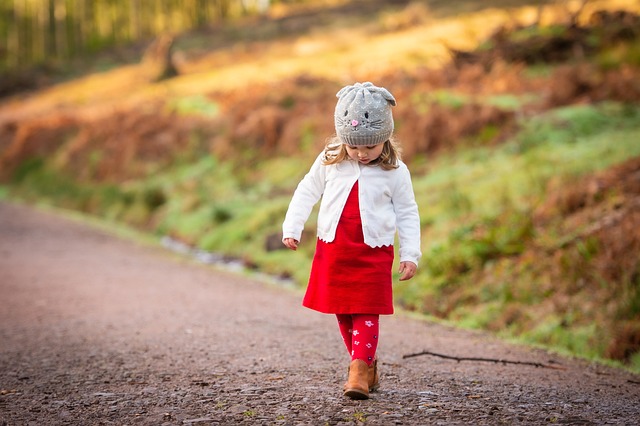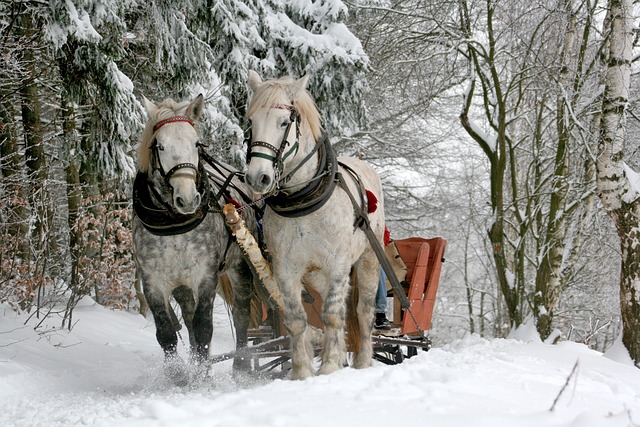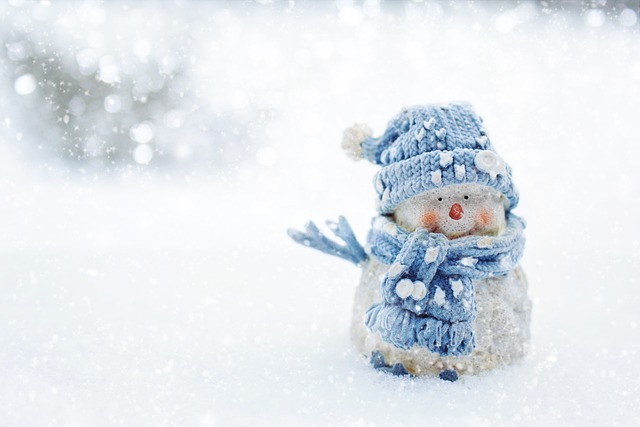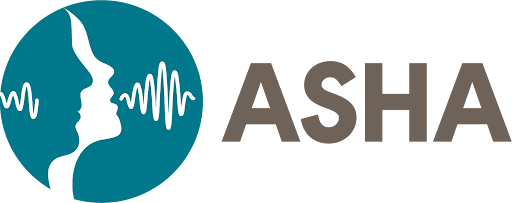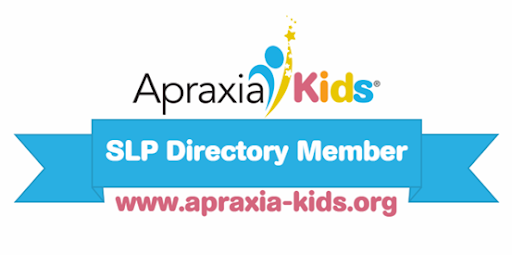
Hot Chocolate Breath – Quick Self-Regulation Activity
Winter is finally here, which means beautiful snowy days, building snowmen, and — of course — warm cups of hot chocolate! This few-second self-regulation activity brings up the image of a warm cup of hot chocolate and is a quick way to send oxygen to the frontal lobe, helping us parents and our children create a sense of calm and focus. 1. Cup your hands together, as though you are holding a mug of delicious hot chocolate. 2. Bring the “cup” to your nose and breathe in deeply, as though you are smelling the “hot chocolate.” 3. Blow out through pursed lips, as though to cool off your hot chocolate to make it ready for sipping. Repeat this for 3-5
